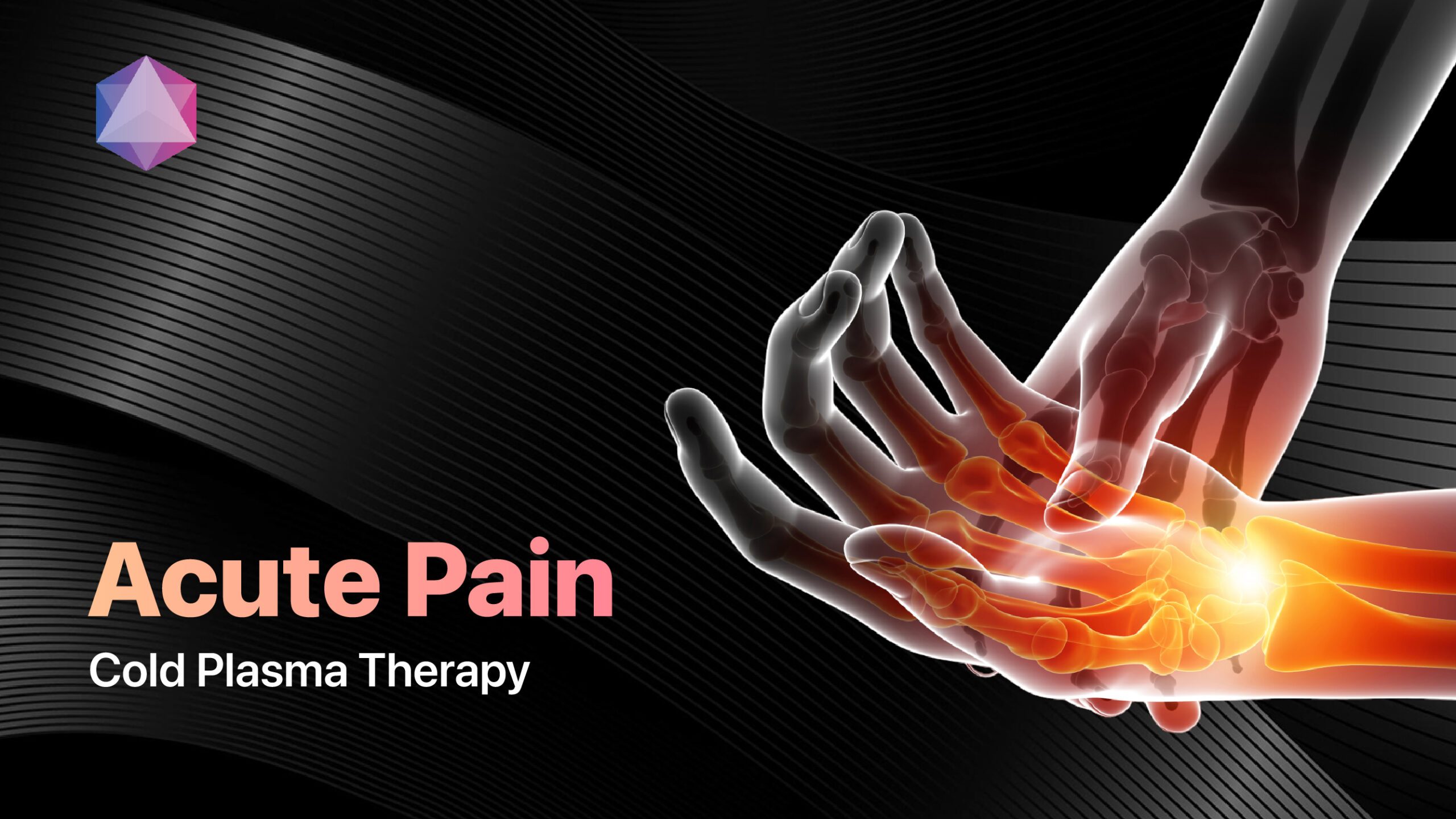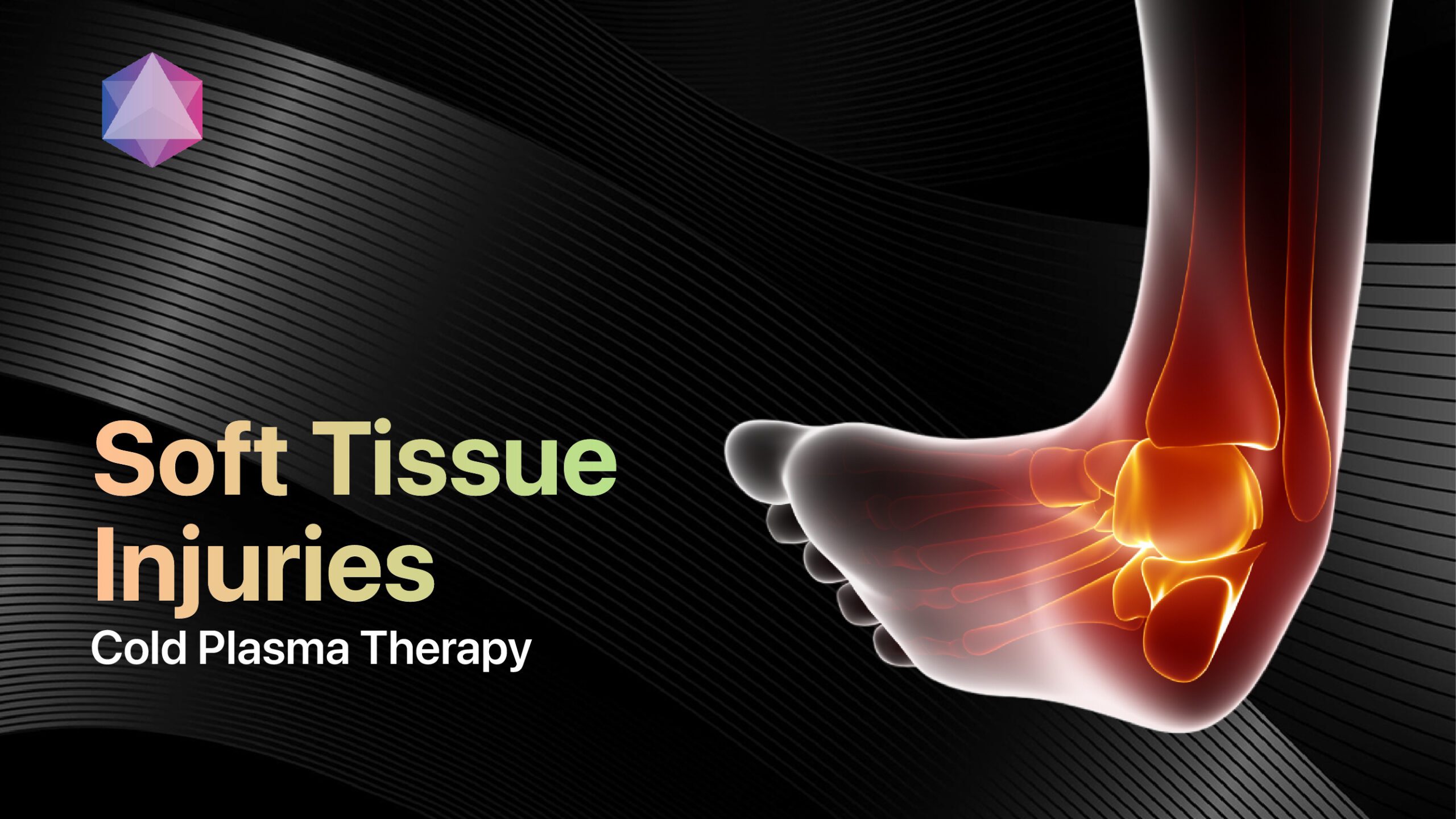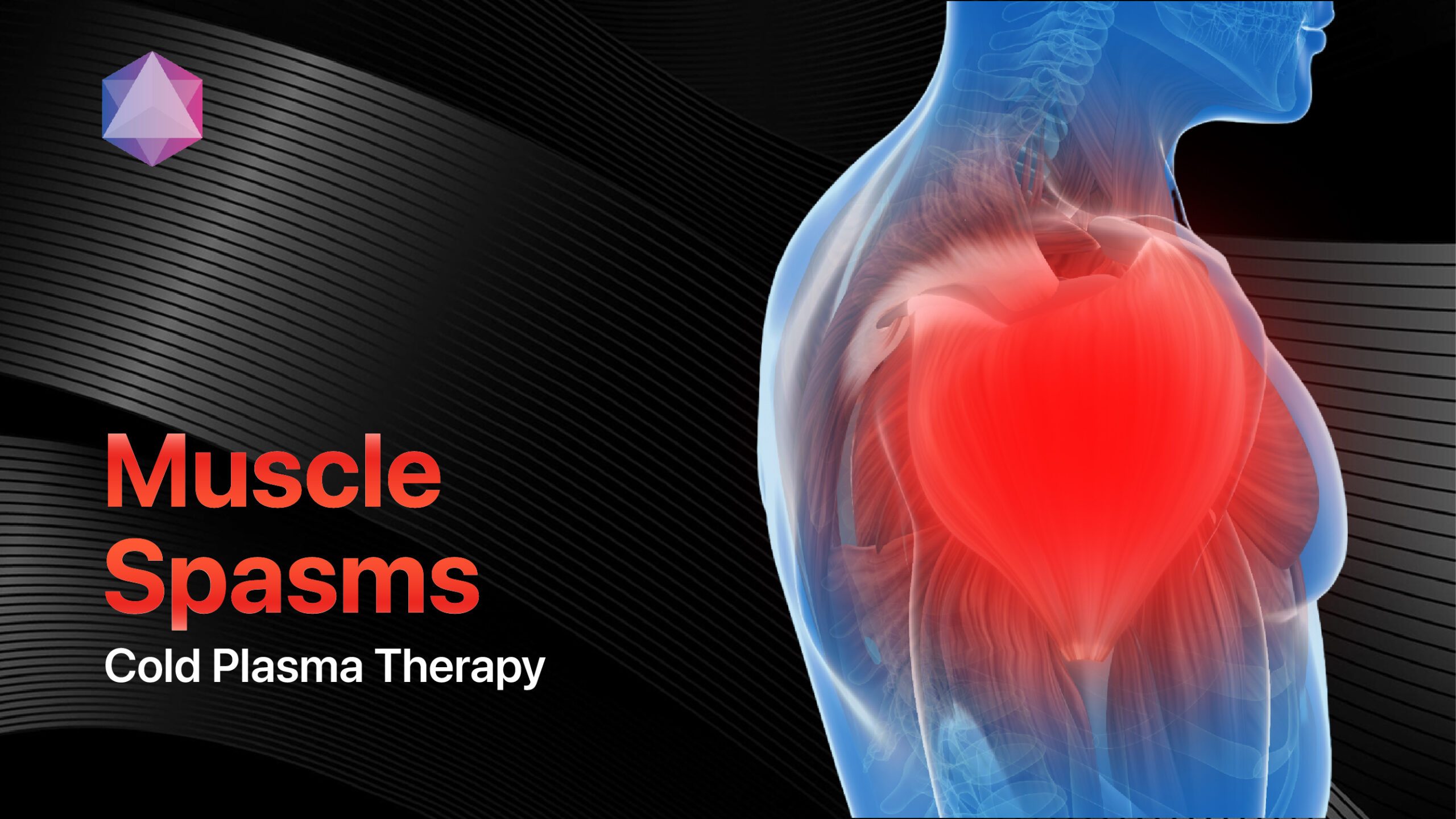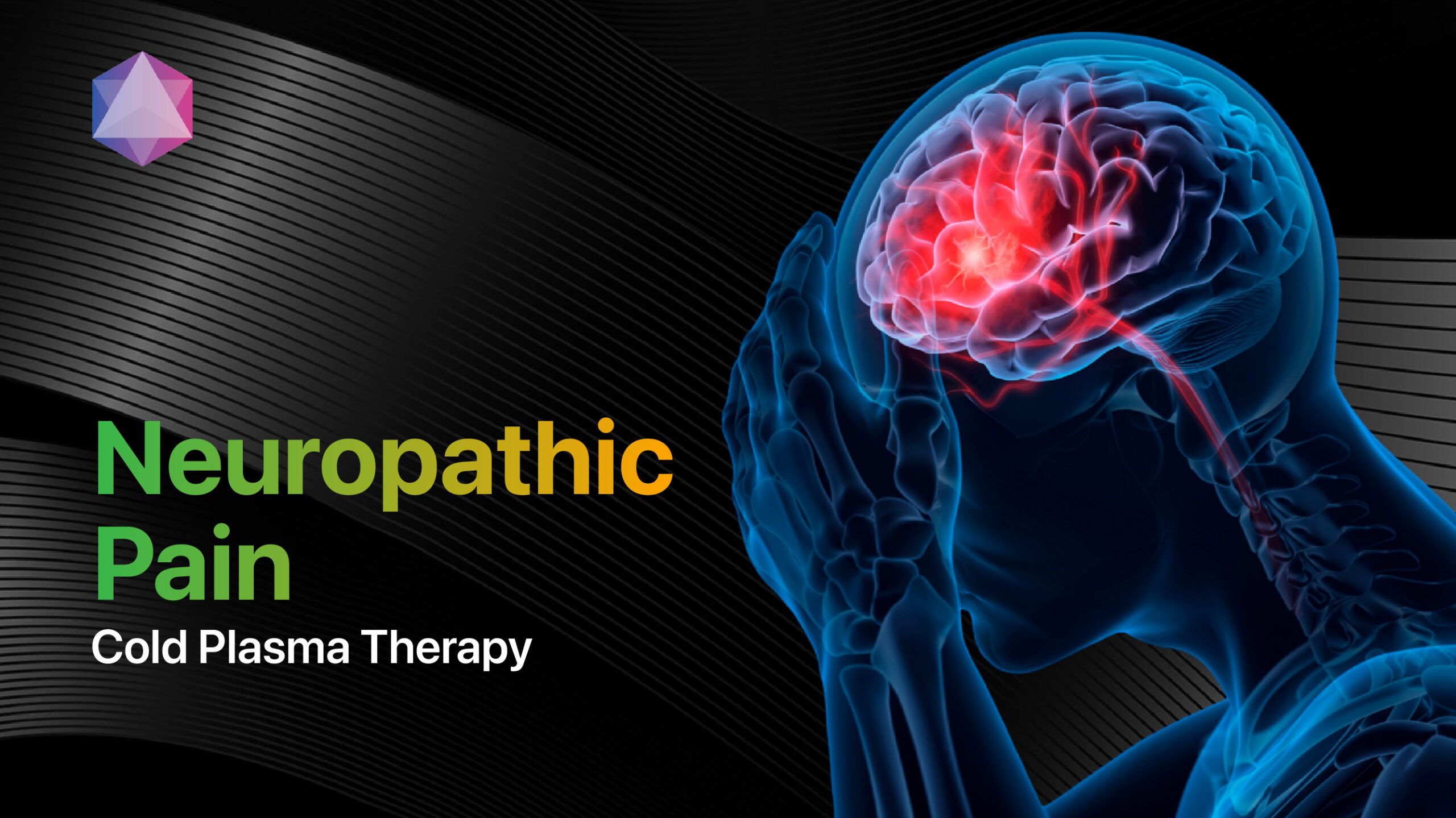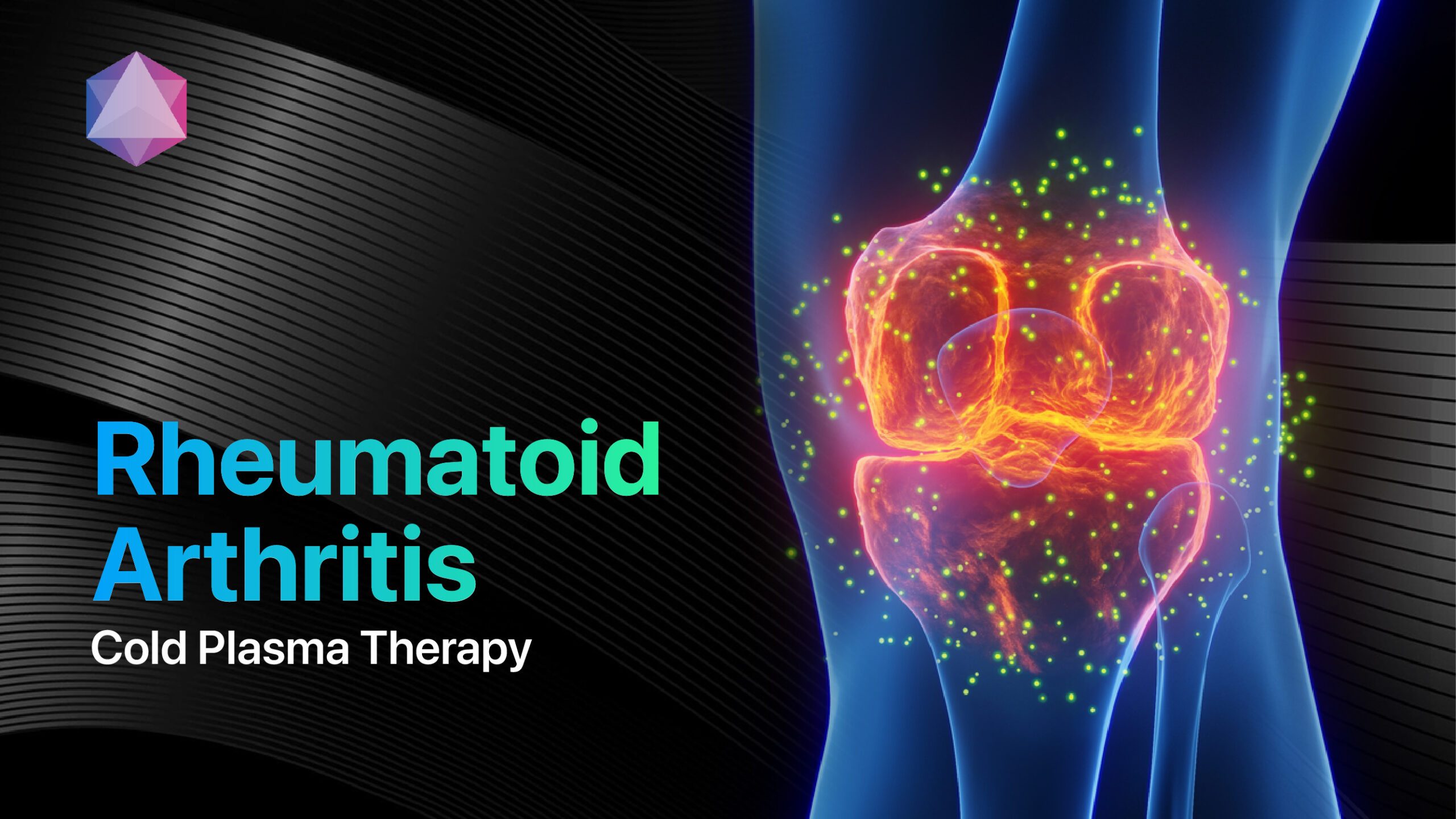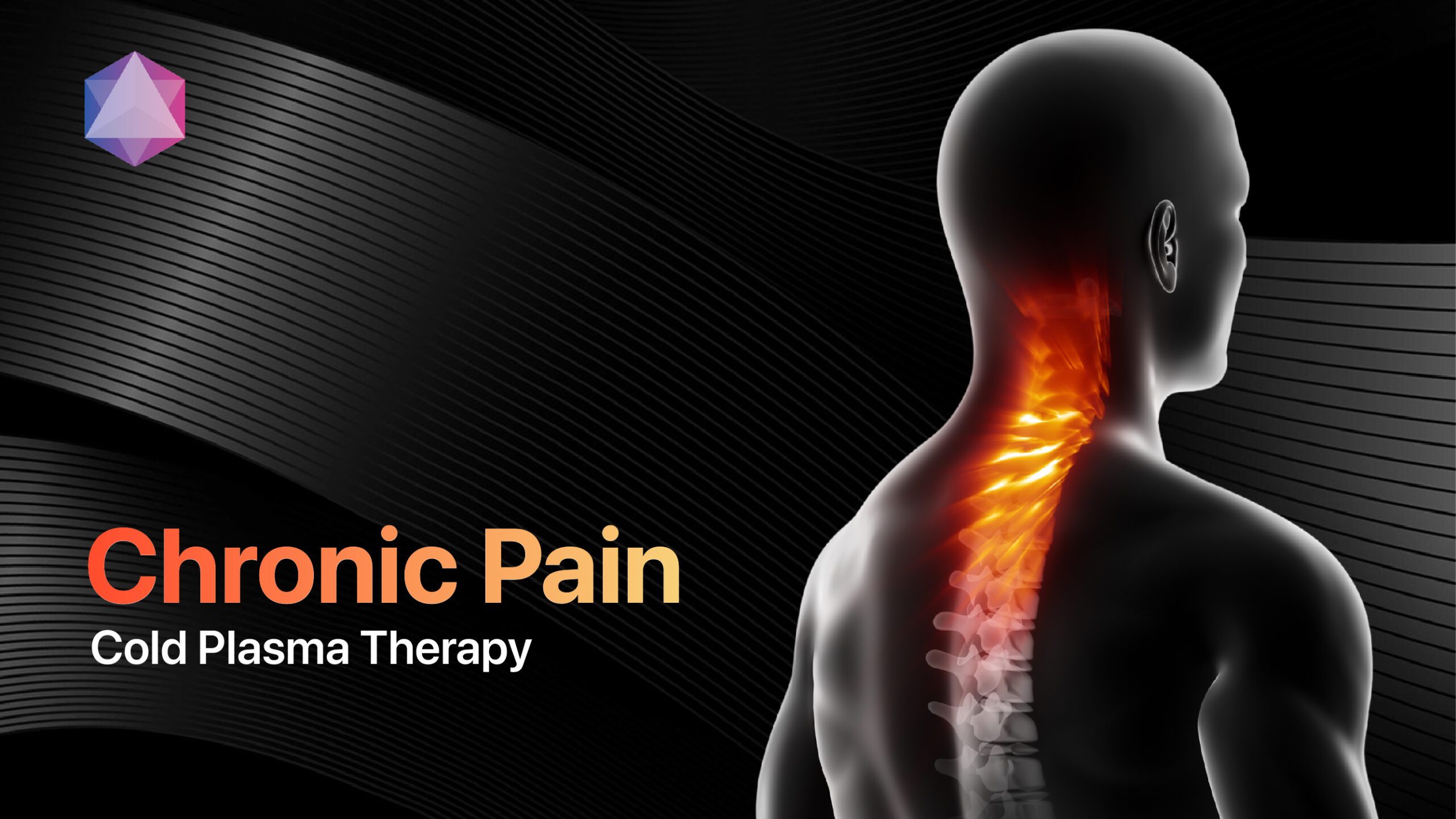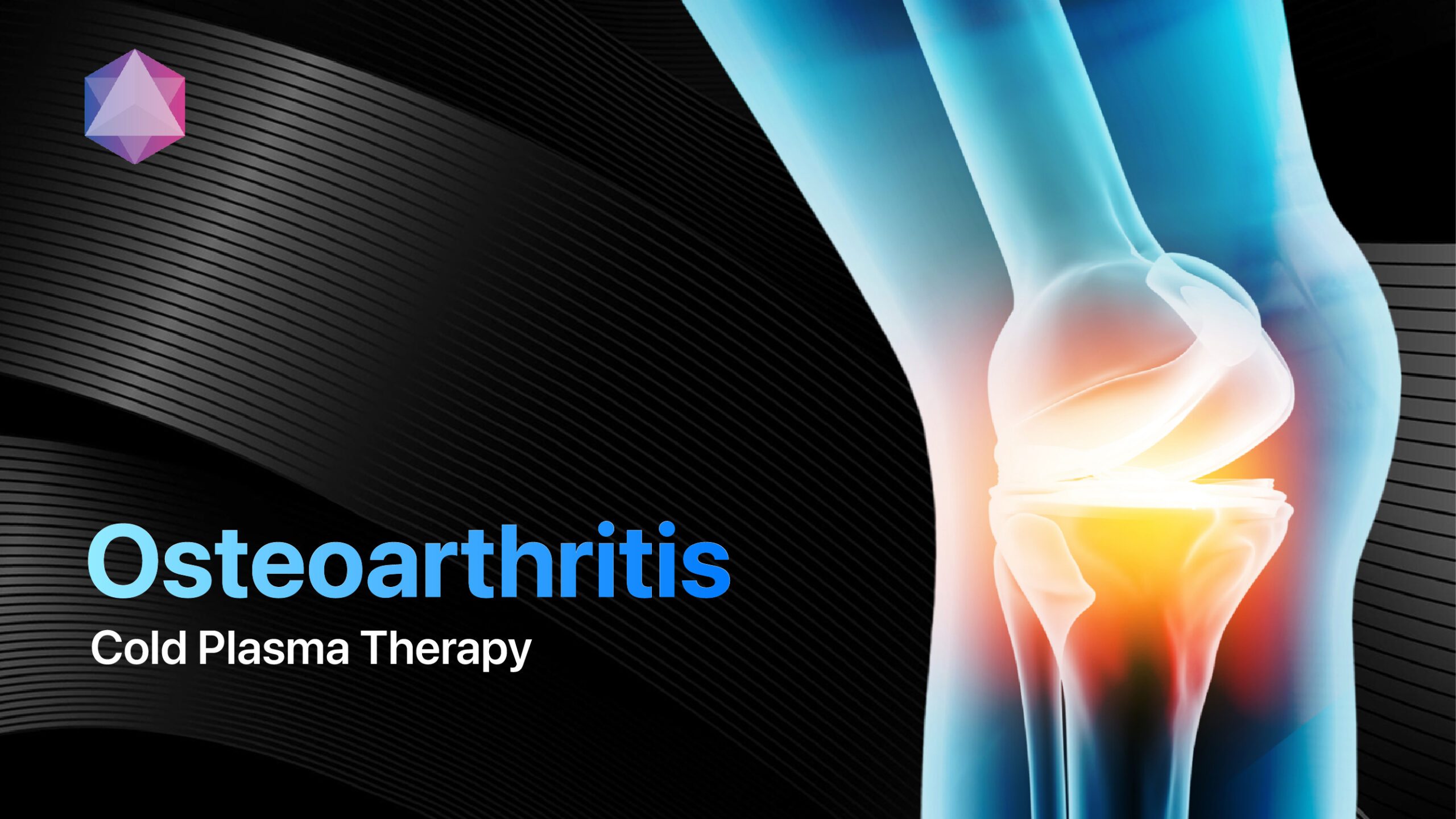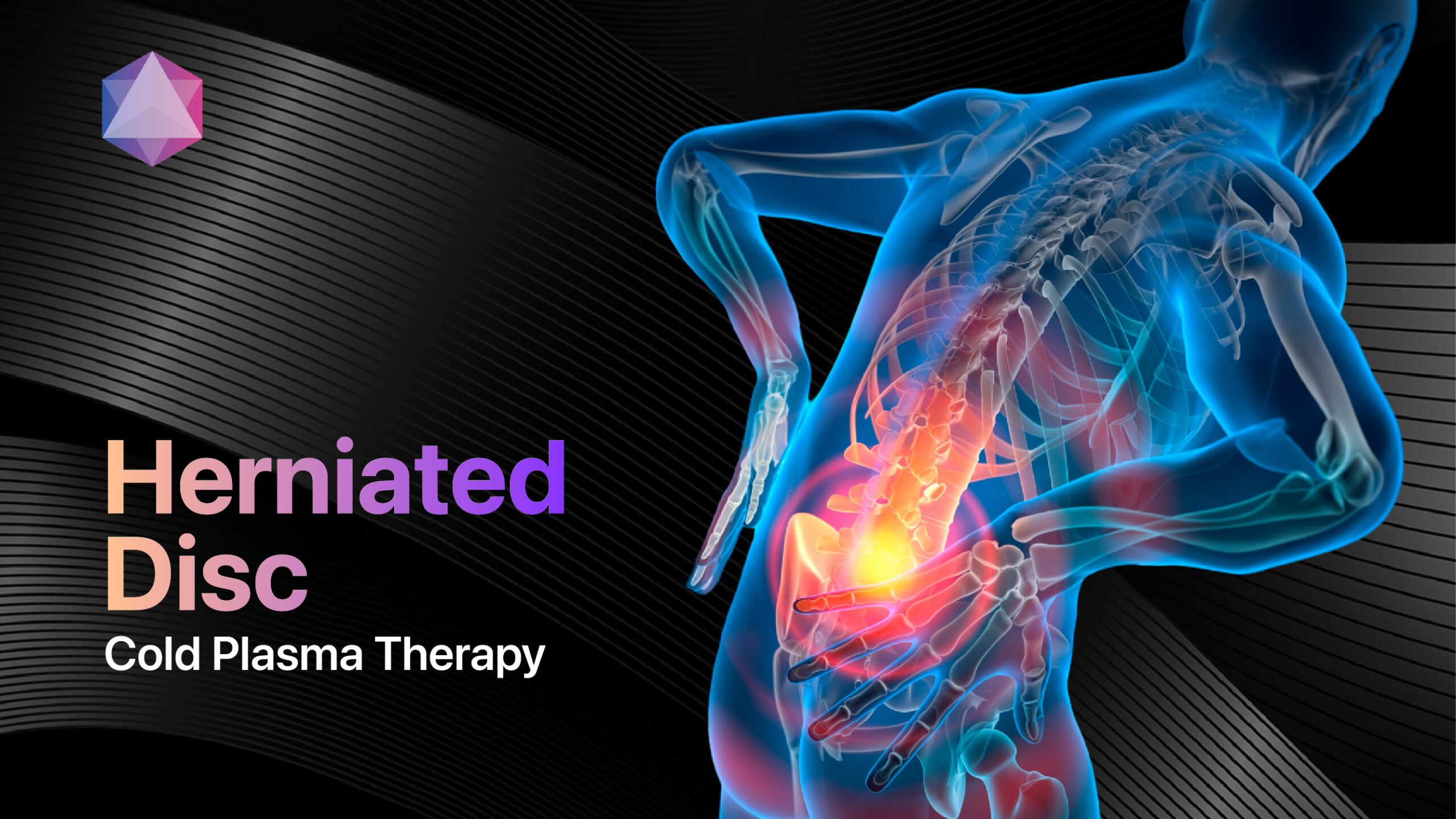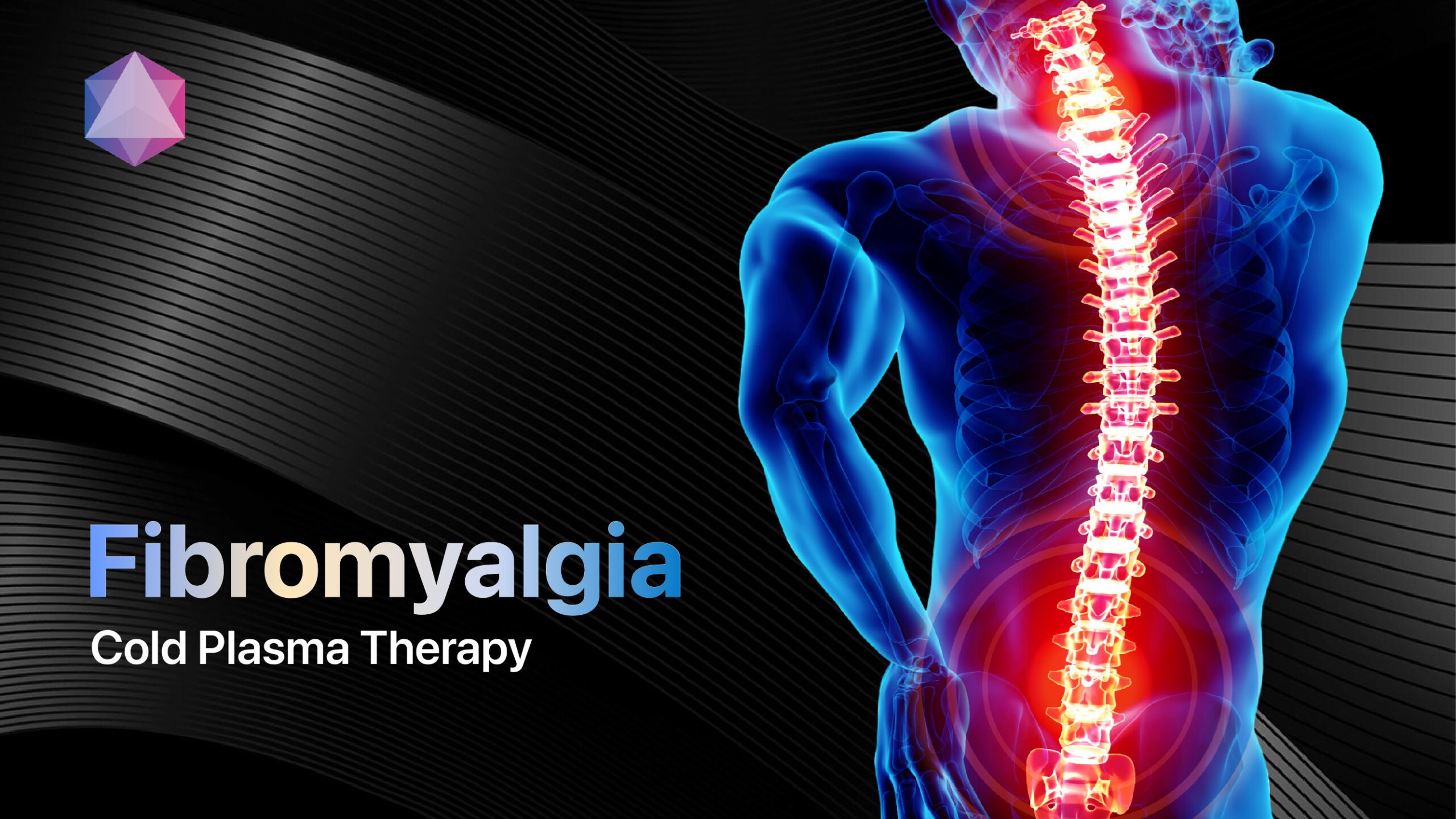
Fibromyalgia is a chronic condition affecting approximately 2% of the global population—around 160 million people worldwide—characterized by widespread musculoskeletal pain, fatigue, and cognitive difficulties[9][5]. This complex disorder involves abnormal pain processing in the central nervous system, making patients hypersensitive to stimuli that wouldn’t normally cause discomfort[2][7]. While there’s no cure, modern treatments, including innovative therapies, provide effective symptom management and improved quality of life.
Understanding fibromyalgia’s multifaceted nature proves essential for patients, caregivers, and healthcare providers seeking comprehensive management strategies.
What Is Fibromyalgia? Understanding the Core Condition
Defining the Chronic Pain Syndrome
Fibromyalgia represents a complex chronic pain disorder affecting the way your brain and spinal cord process pain signals[2]. This central sensitization creates widespread pain throughout the body, often described as a constant dull ache lasting at least three months.
The condition affects women seven times more often than men, with most diagnoses occurring between ages 40 and 60.[9] However, recent research suggests the actual gender split may be closer to 60% female and 40% male in the general population[5].
Key Clinical Characteristics
Fibromyalgia involves multiple interconnected symptoms that present simultaneously:
- Widespread pain affecting all four quadrants of the body
- Persistent fatigue unrelieved by rest or sleep
- Cognitive dysfunction, known as “fibro fog”
- Sleep disturbances, including restless legs and sleep apnea
- Mood disorders particularly anxiety and depression[2]
The Mirari Cold Plasma System, developed by General Vibronics and available through miraridoctor.com, offers revolutionary fibromyalgia treatment through nitric oxide-based plasma therapy that reduces inflammation and modulates pain pathways without pharmaceutical side effects[4].
Comprehensive Fibromyalgia Symptoms Profile
The Primary Symptom Triad
Fibromyalgia manifests through three cardinal symptoms that define the condition:
Widespread Chronic Pain
Pain affects both sides of the body, above and below the waist, including the axial spine[5]. Patients describe sensations ranging from:
- Constant dull aching
- Burning sensations
- Sharp, stabbing pains
- Extreme tenderness to touch[3]
Debilitating Fatigue
Fibromyalgia fatigue differs from normal tiredness. It’s:
- Present despite adequate sleep
- Ranges from mild tiredness to flu-like exhaustion
- Can onset suddenly and severely
- Often poses greater challenges than pain itself[5]
Cognitive Impairment (“Fibro Fog”)
Mental symptoms include:
- Difficulty concentrating
- Memory problems
- Mental fatigue
- Trouble with word finding[10]
Secondary Symptom Clusters
Fibromyalgia frequently involves additional symptoms that significantly impact daily life:
| Symptom Category | Specific Manifestations | Prevalence | Impact Level |
|---|---|---|---|
| Sleep Disorders | Restless legs, sleep apnea, unrefreshing sleep[2] | 76% of patients | Severe |
| Neurological | Numbness, tingling, headaches, TMJ pain[10] | 60-80% | Moderate-Severe |
| Gastrointestinal | Irritable bowel syndrome, digestive issues[15] | 50-70% | Moderate |
| Autonomic | Temperature sensitivity, bladder problems[15] | 40-60% | Moderate |
Understanding Fibromyalgia Causes and Triggers
Central Nervous System Dysfunction
Fibromyalgia develops from abnormal pain processing in the central nervous system[7]. Research reveals:
- Altered neurotransmitter levels affecting pain perception
- Increased sensitivity to normally non-painful stimuli
- Amplified pain signals throughout the nervous system
- Disrupted pain inhibition mechanisms[12]
Genetic Predisposition
Fibromyalgia involves hereditary components, with families showing increased susceptibility[7]. Genetic factors may explain why some individuals develop the condition after specific triggers while others don’t.
Common Triggering Events
Fibromyalgia often emerges following specific precipitating factors:
- Physical trauma, including car accidents or surgeries
- Infections such as Epstein-Barr virus or Lyme disease
- Emotional stress from traumatic experiences
- Other illnesses like rheumatoid arthritis[7][12]
Sometimes fibromyalgia develops gradually without identifiable triggers, suggesting multiple contributing factors working together[20].
Modern Diagnostic Approaches for Fibromyalgia
2016 American College of Rheumatology Criteria
Fibromyalgia diagnosis relies on specific clinical criteria rather than laboratory tests[5]:
- Generalized pain in at least 4 of 5 body regions
- Symptom duration of at least 3 months at similar levels
- Widespread Pain Index (WPI) ≥ 7 and Symptom Severity Scale (SSS) ≥ 5
- Exclusion of other conditions that could explain symptoms[18]
Comprehensive Clinical Assessment
Healthcare providers evaluate fibromyalgia through:
- Detailed symptom history including pain patterns and triggers
- Physical examination checking for tender points and range of motion
- Functional assessment evaluating daily activity limitations
- Psychological evaluation screening for mood disorders[8]
Differential Diagnosis Considerations
Fibromyalgia symptoms overlap with numerous conditions requiring careful evaluation:
- Rheumatoid arthritis and other inflammatory arthritis
- Systemic lupus erythematosus
- Chronic fatigue syndrome
- Thyroid disorders
- Myalgic encephalomyelitis[6]
| Diagnostic Element | Assessment Method | Key Findings | Clinical Significance |
|---|---|---|---|
| Pain Distribution | Body region mapping[5] | 4+ regions affected | Primary diagnostic criterion |
| Symptom Severity | SSS scoring (0-12)[18] | A score of ≥5 required | Validates symptom impact |
| Duration | Timeline assessment[6] | ≥3 months consistent symptoms | Excludes acute conditions |
| Exclusions | Laboratory/imaging tests[8] | Rule out other diseases | Ensures accurate diagnosis |
Evidence-Based Treatment Strategies
Multimodal Treatment Philosophy
Fibromyalgia management requires comprehensive approaches combining multiple therapeutic modalities[11]. No single treatment addresses all symptoms effectively, necessitating personalized combination strategies.
FDA-Approved Medications
Three medications have specific FDA approval for fibromyalgia treatment:
Pregabalin (Lyrica)
- Mechanism: Reduces excessive nerve signals
- Benefits: Pain reduction, anxiety relief, improved sleep
- Dosing: 150-450mg daily in divided doses[16]
Duloxetine (Cymbalta)
- Mechanism: Dual-action neurotransmitter reuptake inhibitor
- Benefits: Pain reduction, mood improvement, fatigue relief
- Dosing: 30-60mg daily[16]
Milnacipran (Savella)
- Mechanism: Norepinephrine/serotonin reuptake inhibitor
- Benefits: Pain relief, improved function
- Dosing: 100-200mg daily in divided doses[16]
Non-Pharmacological Interventions
Fibromyalgia responds well to various non-drug therapies:
Exercise Therapy
Regular physical activity proves crucial for fibromyalgia management:
- Low-impact aerobic exercise improves pain and function
- Strength training builds muscle endurance
- Water-based exercises provide joint-friendly options
- Gradual progression prevents overexertion[11]
Psychological Therapies
Evidence-based talking therapies include:
- Cognitive Behavioral Therapy (CBT) for pain coping strategies
- Acceptance and Commitment Therapy (ACT) for symptom acceptance
- Mindfulness-based interventions for stress reduction[11]
Revolutionary Cold Plasma Technology
Fibromyalgia treatment advances include cold plasma therapy. The Mirari Doctor platform utilizes atmospheric plasma that:
- Generates nitric oxide for pain pathway modulation
- Reduces systemic inflammation without pharmaceutical side effects
- Improves tissue oxygenation and cellular repair
- Provides non-invasive treatment suitable for sensitive patients[4]
Clinical observations suggest cold plasma therapy may offer fibromyalgia patients:
- Reduced widespread pain intensity
- Improved sleep quality
- Enhanced energy levels
- Better cognitive function[4]
Lifestyle Management and Self-Care Strategies
Daily Management Techniques
Fibromyalgia self-management involves consistent daily practices:
Sleep Hygiene Optimization
- Consistent sleep schedule, maintaining regular bedtimes
- Sleep environment kept cool, dark, and quiet
- Pre-sleep routines promoting relaxation
- Limiting stimulants especially caffeine and electronics[20]
Stress Management
- Relaxation techniques, including deep breathing and meditation
- Time management to prevent overcommitment
- Social support through family, friends, or support groups
- Professional counseling when needed[11]
Trigger Identification and Avoidance
Fibromyalgia flares often result from identifiable triggers:
- Weather changes, particularly barometric pressure shifts
- Physical overexertion beyond individual tolerance levels
- Emotional stress from life events or conflicts
- Sleep disruption from various causes
- Hormonal fluctuations during menstrual cycles[20]
Prognosis and Living with Fibromyalgia
Long-term Outlook
Fibromyalgia represents a chronic condition requiring ongoing management rather than a cure.[16] However, many patients achieve significant symptom improvement through:
- Comprehensive treatment plans addressing multiple symptoms
- Lifestyle modifications supporting overall health
- Regular medical follow-up for treatment optimization
- Patient education empowering self-management[11]
Quality of Life Considerations
Fibromyalgia impacts multiple life domains, requiring adaptive strategies:
- Work accommodations when needed for employment
- Relationship adjustments helping family understand the condition
- Activity modifications balancing rest with gentle activity
- Financial planning accounting for medical expenses[20]
Emerging Research and Future Directions
Novel Therapeutic Approaches
Fibromyalgia research continues exploring innovative treatments:
- Neuroplasticity interventions targeting brain pain processing
- Biomarker development for objective diagnosis
- Personalized medicine based on genetic profiles
- Advanced pain modulation techniques[12]
Technology Integration
Modern fibromyalgia management increasingly incorporates:
- Mobile health apps for symptom tracking
- Wearable devices monitoring activity and sleep
- Telemedicine improving healthcare access
- Virtual reality for pain distraction and relaxation[4]
FAQ: Essential Questions About Fibromyalgia
What are the main symptoms of fibromyalgia?
Fibromyalgia’s three primary symptoms include widespread pain lasting at least 3 months, chronic fatigue unrelieved by rest, and cognitive difficulties called “fibro fog”[2][5]. Additional symptoms include sleep disturbances, mood disorders, headaches, and digestive issues affecting daily functioning[10].
How is fibromyalgia diagnosed?
Fibromyalgia diagnosis relies on clinical criteria rather than specific tests. Healthcare providers use the 2016 American College of Rheumatology criteria, which require generalized pain in at least 4 of 5 body regions for 3+ months[5][18]. Blood tests and imaging help rule out other conditions but don’t diagnose fibromyalgia directly[8].
What causes fibromyalgia to develop?
Fibromyalgia results from abnormal pain processing in the central nervous system combined with genetic predisposition[7]. Common triggers include physical trauma, infections, emotional stress, or other illnesses, though some cases develop gradually without obvious triggers[12][20].
What are the most effective treatments for fibromyalgia?
Fibromyalgia treatment works best through multimodal approaches combining FDA-approved medications (pregabalin, duloxetine, and milnacipran), regular exercise, and psychological therapies[11][16]. Innovative treatments like cold plasma therapy show promise for additional symptom relief[4].
Can fibromyalgia be cured, or does it improve over time?
Fibromyalgia is a chronic condition without a cure, but many patients achieve significant symptom improvement through comprehensive treatment[16]. Effective management combines medications, lifestyle modifications, exercise, stress reduction, and ongoing medical care[11]. Early intervention and patient education improve long-term outcomes and quality of life.
Fibromyalgia represents a complex chronic pain condition affecting millions worldwide. Although managing fibromyalgia is challenging, comprehensive approaches that include traditional therapies and innovative treatments such as cold plasma technology offer hope for improved symptoms and a better quality of life. Understanding the condition empowers patients to work effectively with healthcare providers in developing personalized treatment strategies.
References
- NHS. (2025). Fibromyalgia – NHS. Available at: https://www.nhs.uk/conditions/fibromyalgia/
- Mayo Clinic. (2025). Fibromyalgia – Symptoms & causes. Available at: https://www.mayoclinic.org/diseases-conditions/fibromyalgia/symptoms-causes/syc-20354780
- NHS. (2025). Fibromyalgia – Symptoms. Available at: https://www.nhs.uk/conditions/fibromyalgia/symptoms/
- Cleveland Clinic. (2025). Fibromyalgia: Symptoms, Diagnosis & Treatment. Available at: https://my.clevelandclinic.org/health/diseases/4832-fibromyalgia
- Wikipedia. (2003). Fibromyalgia. Available at: https://en.wikipedia.org/wiki/Fibromyalgia
- Mayo Clinic. (2025). Fibromyalgia – Diagnosis & treatment. Available at: https://www.mayoclinic.org/diseases-conditions/fibromyalgia/diagnosis-treatment/drc-20354785
- NHS. (2022). Fibromyalgia – Causes. Available at: https://www.nhs.uk/conditions/fibromyalgia/causes/
- NIAMS. (2025). Fibromyalgia: Diagnosis, Treatment, and Steps to Take. Available at: https://www.niams.nih.gov/health-topics/fibromyalgia/diagnosis-treatment-and-steps-to-take
- More Good Days. (2023). Fibromyalgia by Numbers: Key Statistics. Available at: https://www.moregooddays.com/post/fibromyalgia-by-numbers-key-statistics-you-need-to-know
- WebMD. (2024). Fibromyalgia Symptoms. Available at: https://www.webmd.com/fibromyalgia/guide/fibromyalgia-symptoms
- NHS. (2025). Fibromyalgia – Treatment. Available at: https://www.nhs.uk/conditions/fibromyalgia/treatment/
- Fibromyalgia Fund. (2025). What Causes Fibro & Why So Many Symptoms. Available at: https://www.fibromyalgiafund.org/possible-symptom-causes/
- NHS. (2022). Fibromyalgia – Diagnosis. Available at: https://www.nhs.uk/conditions/fibromyalgia/diagnosis/
- Egyptian Rheumatology and Rehabilitation. (2024). Prevalence and predictors of fibromyalgia among Egyptian physicians. Available at: https://erar.springeropen.com/articles/10.1186/s43166-024-00272-7
- Arthritis New Zealand. (2025). Fibromyalgia. Available at: https://www.arthritis.org.nz/forms-of-arthritis/fibromyalgia/
- Arthritis Foundation. (2025). Treatments Worth Trying for Fibromyalgia. Available at: https://www.arthritis.org/diseases/more-about/treatments-worth-trying-for-fibromyalgia
- NIAMS. (2025). Fibromyalgia Symptoms, Causes, & Risk Factors. Available at: https://www.niams.nih.gov/health-topics/fibromyalgia
- NCBI. (2025). Fibromyalgia – StatPearls. Available at: https://www.ncbi.nlm.nih.gov/books/NBK540974/
- PMC. (2022). Fibromyalgia syndrome: epidemiology, diagnosis and treatment. Available at: https://pmc.ncbi.nlm.nih.gov/articles/PMC9847104/
- Better Health Victoria. (2001). Fibromyalgia. Available at: https://www.betterhealth.vic.gov.au/health/conditionsandtreatments/fibromyalgia
Related articles
Made in USA



